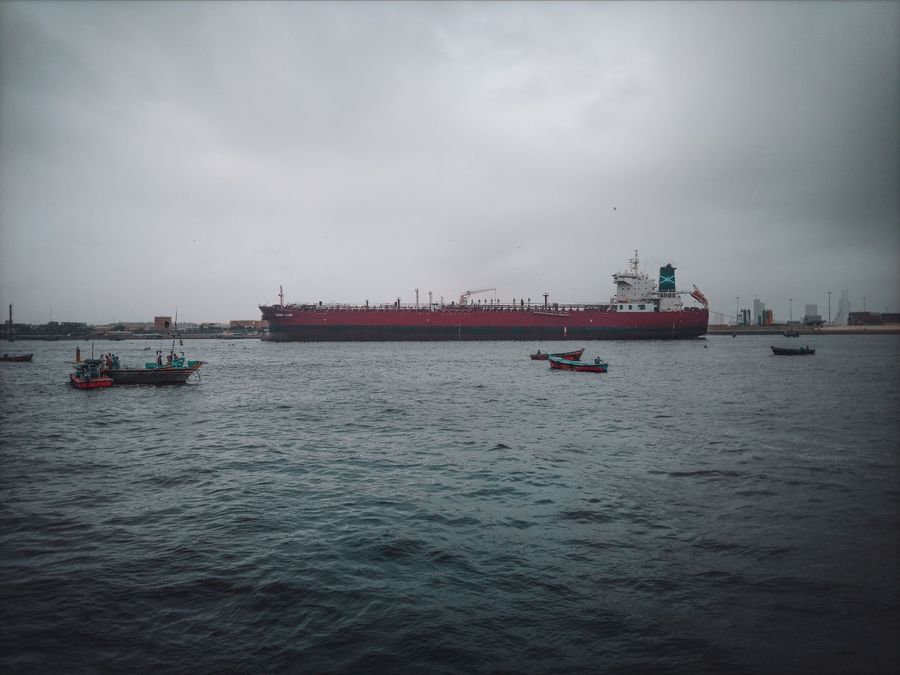It seems no matter where you go, or who you talk to, climate change is a much discussed issue with ample voices on each side. Some decry it as fear mongering, some take a more scientific approach and look at hard data. We’re not here to preach, but more to share some findings that are interesting and even, hopeful, about the future of shipping via water. Whether land, air or water, importing and exporting makes the world function, so today we’re taking a closer look at sustainability in shipping on water, and what that looks like.
Shipping is essential to the world, certainly if you’re an importer / exporter. More than 90% of all goods traded globally are transported by “some 90,000 marine vessels” via Shipping Pollution | Oceana Europe. However, the oceanic shipping industry has, like other modes of shipping, come under scrutiny due to the enhanced awareness and concern surrounding fossil fuels.
Via European NGO Oceana,
“Over 90 percent of world trade is carried across the world’s oceans by some 90,000 marine vessels. Like all modes of transportation that use fossil fuels, ships produce carbon dioxide emissions that significantly contribute to global climate change and acidification. Besides carbon dioxide ships also release a handful of other pollutants that contribute to the problem.
The shipping industry is responsible for a significant proportion of the global climate change problem. More than three percent of global carbon dioxide emissions can be attributed to ocean-going ships. This is an amount comparable to major carbon-emitting countries — and the industry continues to grow rapidly.
In fact, if global shipping were a country, it would be the sixth largest producer of greenhouse gas emissions.”
Shaping up oceanic shipping’s carbon footprint – before shipping out
Our reliance on them for all modes of transportation is – for now – simply a reality. There is a reason to look more closely at water shipping, and also, there’s also reason to feel hopeful, as many advances have been made and are being made that lighten the carbon footprint of oceanic shipping. Circular shipping is being explored, as are greater processes for streamlining ship space to carry the most cargo per trip, decreasing unnecessary idling, which is wasted fuel. Ports are also working on becoming much more efficient with timing and use of space, which is crucial as regardless as the size of the ships being built, ports and waterways are largely immovable.
There is hope on the horizon for all modes of transport, which is good news for everyone, from import/exporters to everyday consumers. It’s an interesting time in importing and exporting, where a few blockages and/or weather events have shown us that we simply must get more conscious and creative when it comes to sustainable transport – and that certainly includes shipping by water.
And we’ll all float on…okay? 🚢💦
At BorderBuddy, we’re always watching for trends and tips to maximize your importing/exporting experience with us. We’ll keep updating our blog and social channels with relevant industry news – so be sure to follow us on LinkedIn, Twitter and Instagram! And – check our blog frequently. We’d love to sea what you think!
